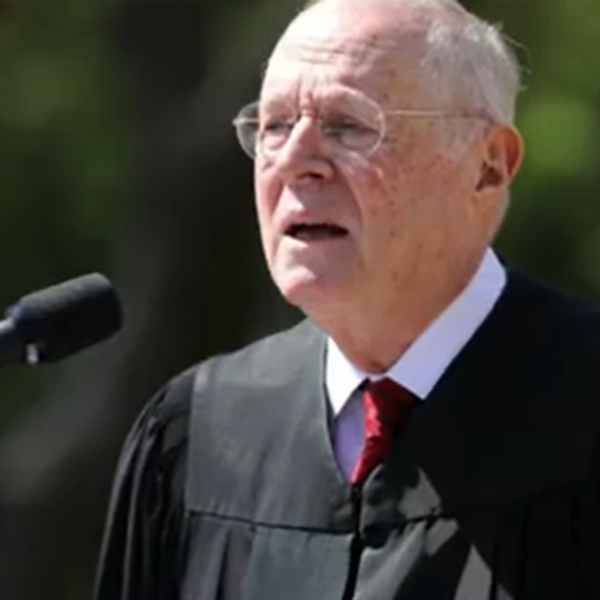I still remember back in 1988 sitting in a Chinese restaurant when then-Gov. Bill Clinton took a napkin and listed on one side the Democratic governors who were against the death penalty and, on the other, those who were for it. In its time, the issue was the third rail in American politics — the line that divided those who could win because they were considered tough on crime and those who would face electoral problems. A few years later, my friend Kathleen Brown was trounced in the governor’s race in California in large part because she opposed the death penalty.
Things have changed. Kathleen’s brother, Jerry, is now California’s governor. Barack Obama is now president. And last week, California’s new and very conservative chief justice, Tani Cantil-Sakauye, told a reporter that she had come to question the death penalty not because she thought it immoral for the state to take a life, and not even because she thought it might be administered to those who were in truth not guilty, but because it’s too expensive and ineffective.
“I don’t think it is working,” the Republican appointee said. “I don’t know if the question is whether you believe in it anymore (and she said she did.) I think the greater question is its effectiveness, and given the choices we face in California, should we have a merit-based discussion on its effectiveness and costs?”
In California, as in many states with large numbers of people on death row, more inmates are likely to die of old age than to meet death for their crimes. Appeals are guaranteed as a matter of right in death penalty cases, but there is a dire shortage of lawyers willing to handle them. The average waiting time for lawyers to handle the first appeal is five years. Litigation has put a halt to executions until the courts and the state can agree on an effective procedure for executions, further increasing the cost of what has become more of a symbol than anything else.
For years, proponents and opponents of the death penalty have been divided over whether the death penalty actually deters murders. But both sides have to agree that deterrence requires that any penalty be swift and certain, or at least reasonably so. The death penalty just isn’t.
And don’t blame the lawyers. Any lawyer representing an inmate facing death should take his work particularly seriously. But most of these inmates are indigent, meaning the state must pay the costs of representation. While lawyers will tell you that if they do their jobs right, what they get reimbursed is far less than the cost of the time spent, it still costs taxpayers a bundle.
In the old days, when the penalty was imposed more sparingly, it was far easier to recruit lawyers who regardless of their own point of view saw this kind of representation as a high calling. But that’s no longer true. So today you have longer waits and often less-able lawyers (in one case that went to the Supreme Court, the lawyer fell asleep and the Court nevertheless upheld the penalty) and, in turn, even more litigation about the efficacy of counsel.
In short, the system is a mess — less because of reasonable doubt than of costs and delays.
A new ballot measure has been proposed in California that would replace the death penalty with life without possibility of parole. Other states are considering similar measures. Twenty-four years after Bill Clinton marked up that napkin, the time has come for a reasoned debate about the death penalty that focuses not on symbolism — not on whether a candidate is “tough on crime” — but on cost and effectiveness.
To find out more about Susan Estrich and read features by other Creators Syndicate writers and cartoonists, visit the Creators Syndicate website at www.creators.com.
COPYRIGHT 2011 CREATORS.COM








